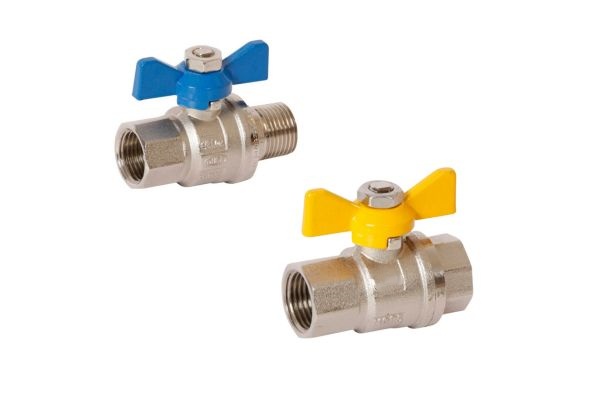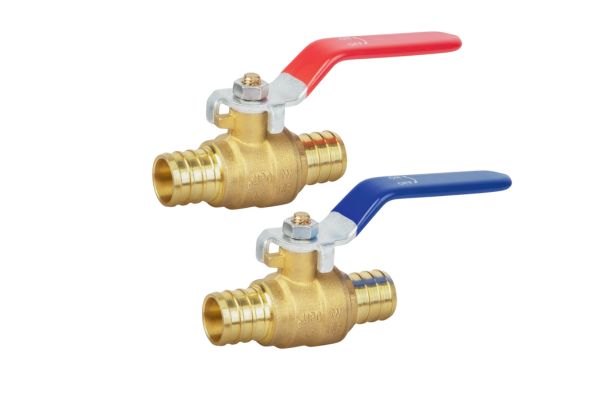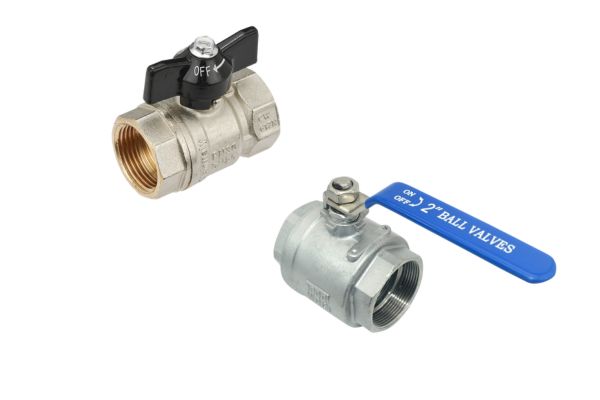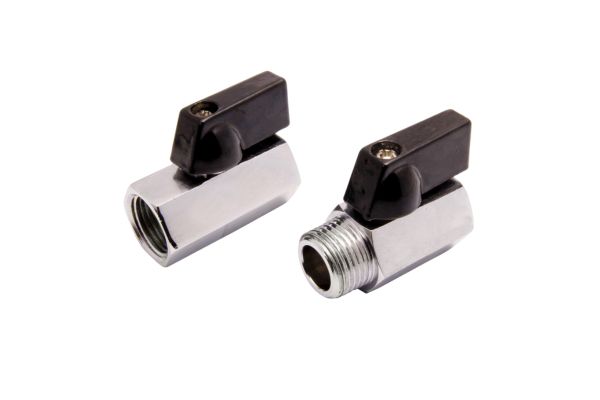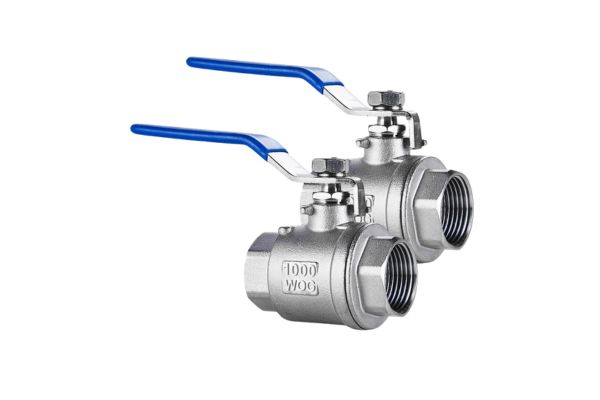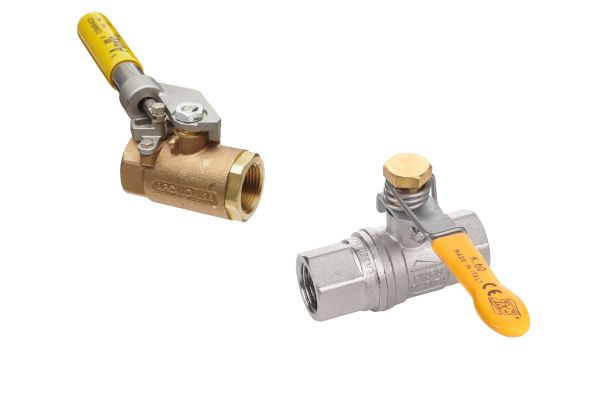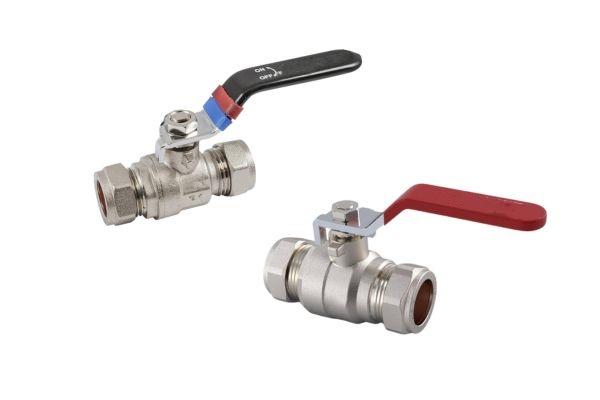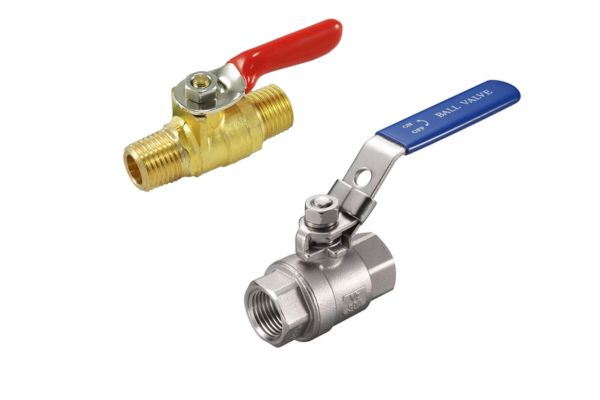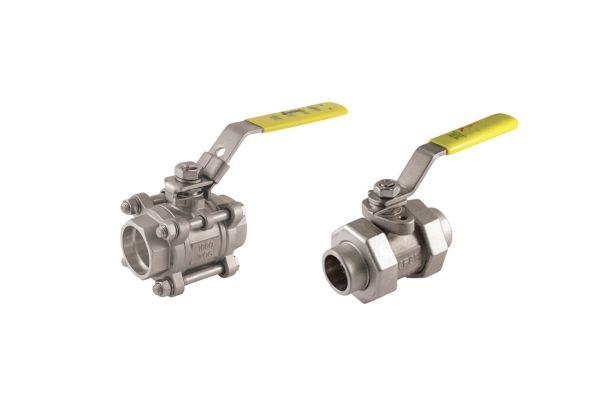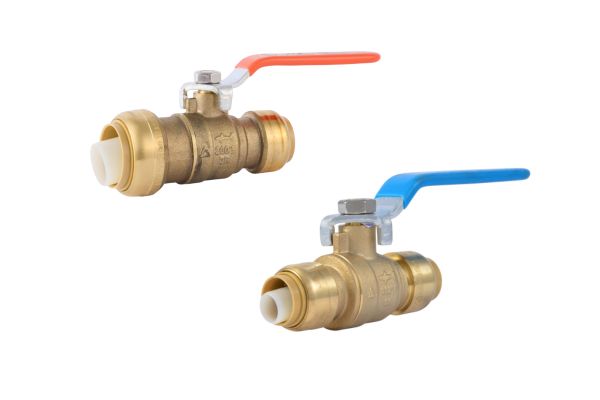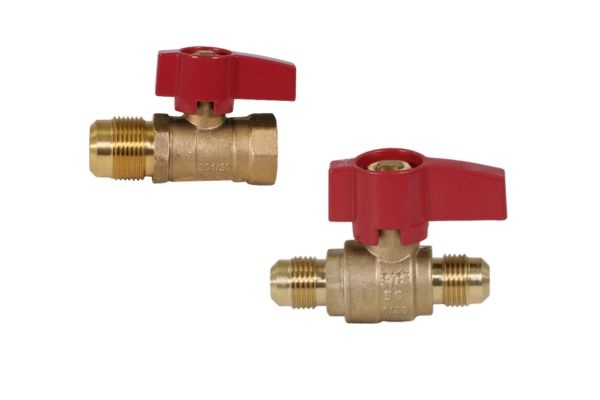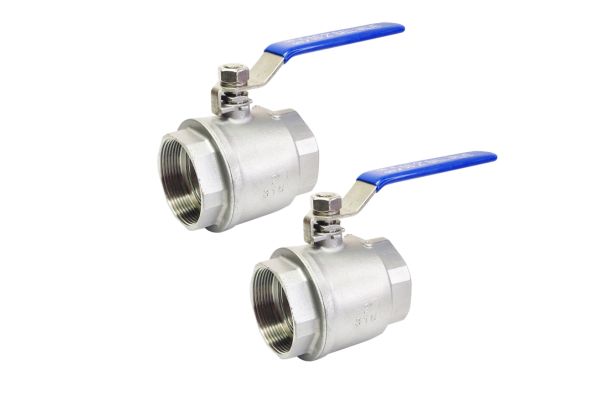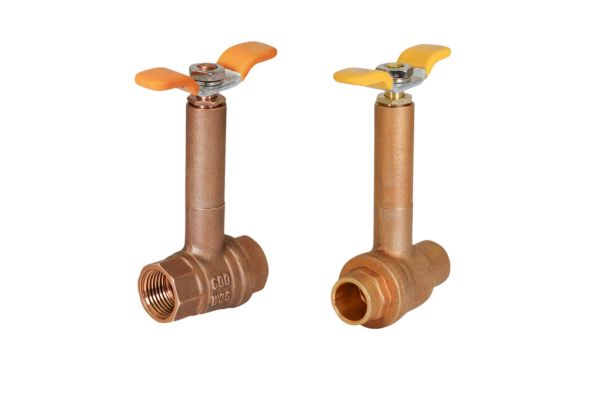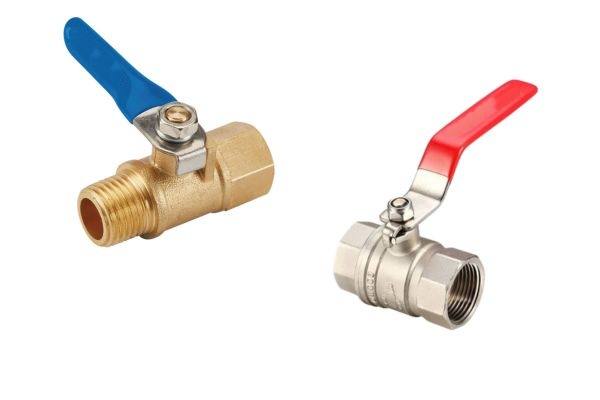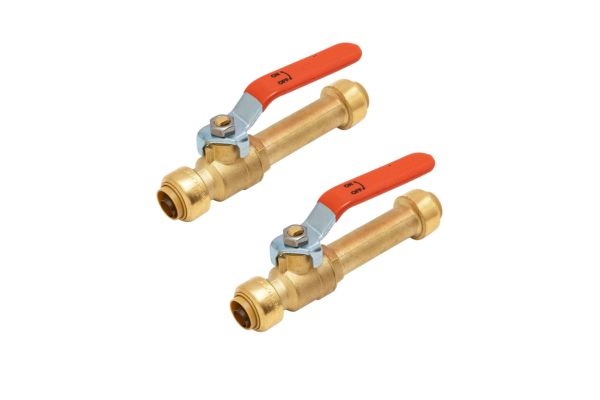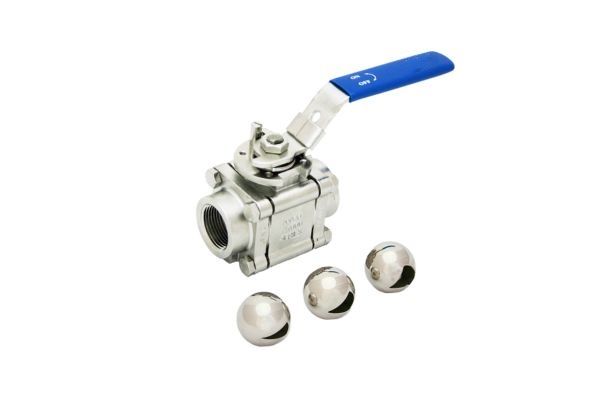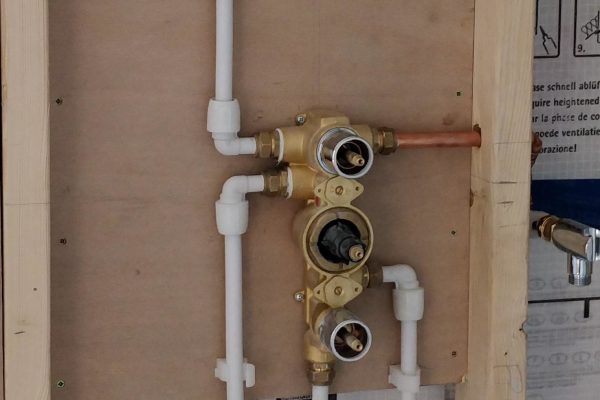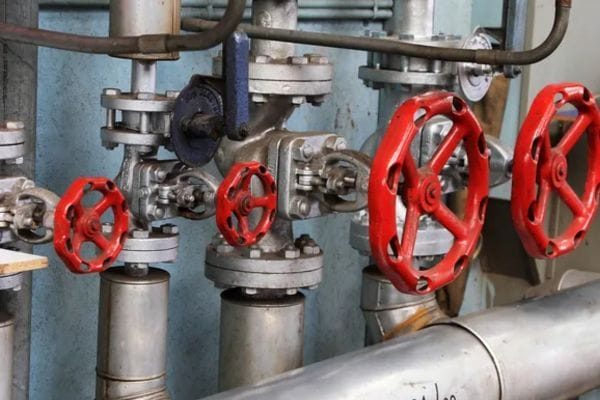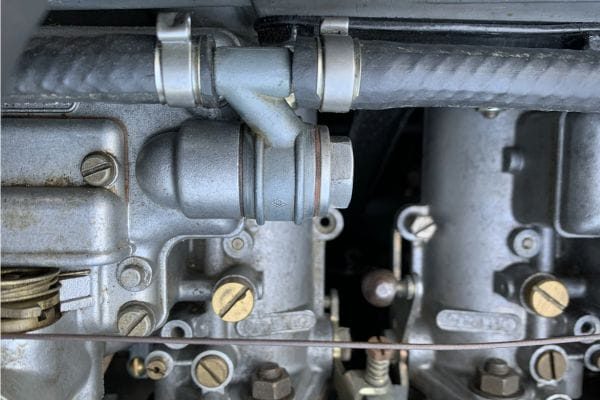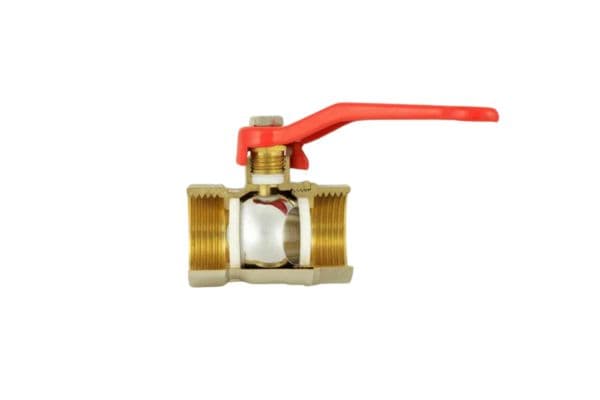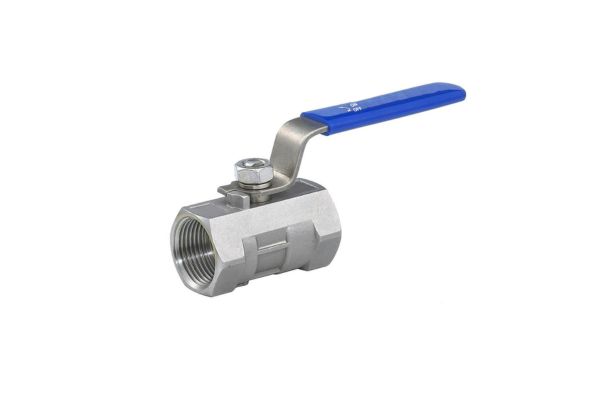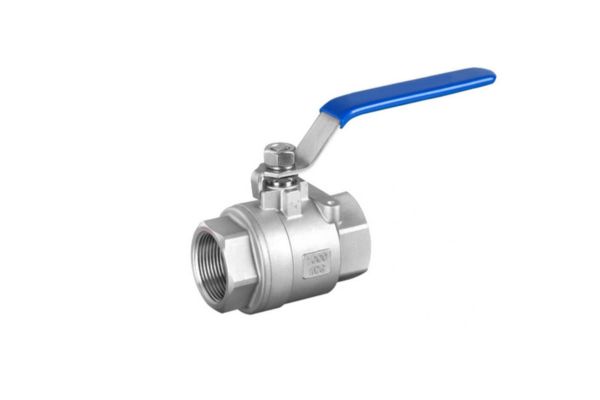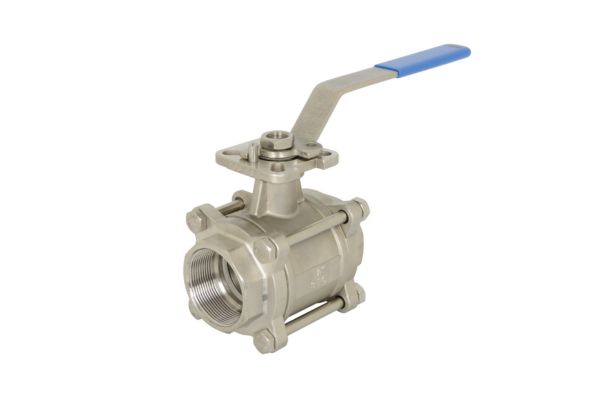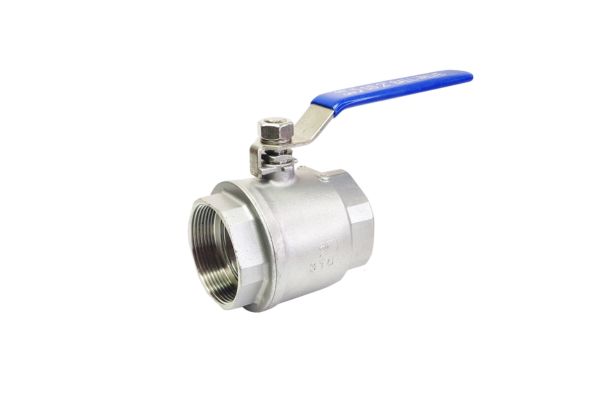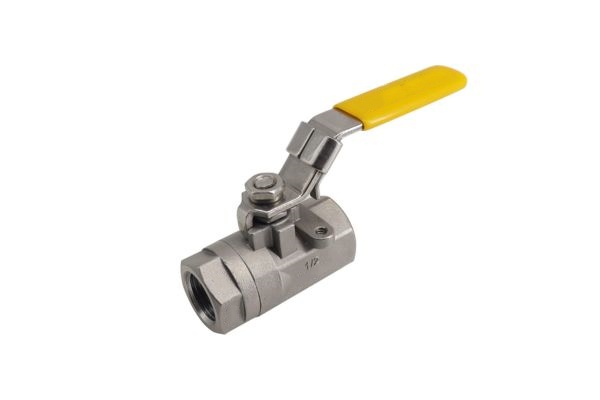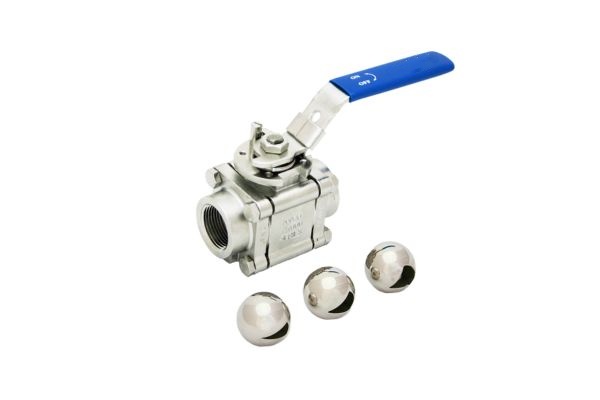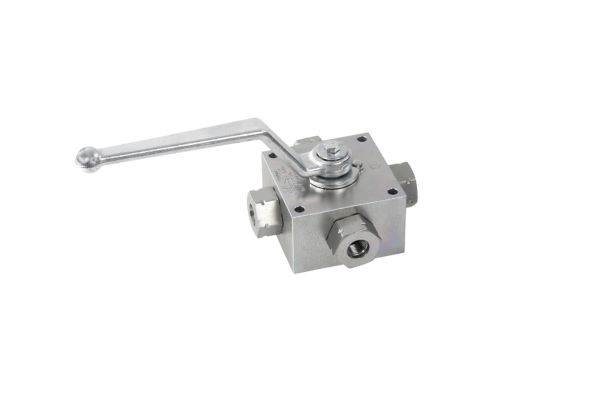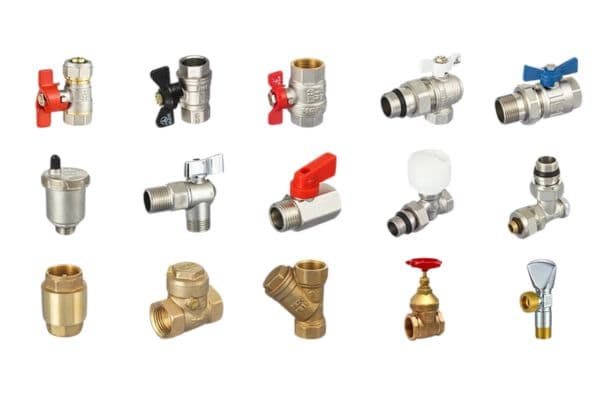FAQ
What is the maximum working pressure of your hydraulic ball valves?
Our hydraulic ball valves are designed to handle a wide range of pressures, with maximum working pressures available up to 6,000 PSI (or higher, depending on the model).
What materials are available for hydraulic ball valves?
We offer hydraulic ball valves in a variety of materials including carbon steel, stainless steel, and alloy steel.
How reliable is the sealing performance of your hydraulic ball valves?
Our hydraulic ball valves are equipped with high-quality seals, ensuring tight shut-off and minimal leakage even under high-pressure and extreme temperature conditions.
What is the lifespan and maintenance requirement of your hydraulic ball valves?
The lifespan of our hydraulic ball valves depends on the working environment and frequency of use. With proper maintenance, they can last for several years.
What are the flow characteristics of your hydraulic ball valves?
They feature a full-port design for minimal flow resistance and optimal flow characteristics, ensuring that fluid can pass through with minimal pressure drop and consistent flow rate.
What types of connection methods are available for hydraulic ball valves?
We offer a variety of connection options including threaded (NPT, BSP), flanged, and welded connections. The choice of connection type depends on your system’s requirements, ensuring compatibility and ease of installation.
What is the temperature range for your hydraulic ball valves?
Our hydraulic ball valves are capable of withstanding a wide range of temperatures, typically from -20°C to 200°C.
What types of actuators are available for your hydraulic ball valves?
Our hydraulic ball valves can be operated manually, or with electric, pneumatic, or hydraulic actuators.
Are your hydraulic ball valves compatible with all types of fluids?
Our hydraulic ball valves are compatible with a broad range of fluids, including hydraulic oils, water, and chemical solutions.
What quality control standards do your hydraulic ball valves meet?
Our hydraulic ball valves are manufactured according to international quality control standards, including ISO 9001 certification and industry-specific standards like API 6D.

